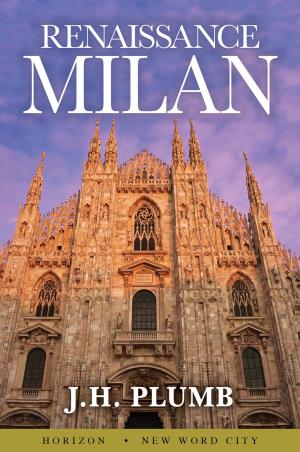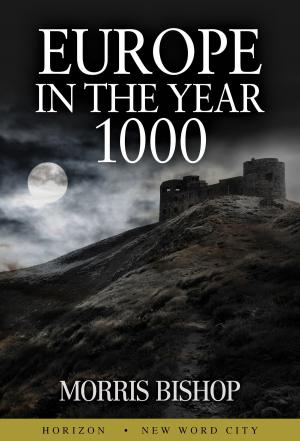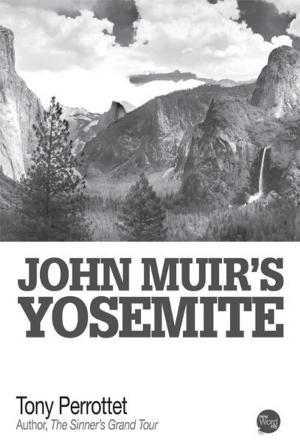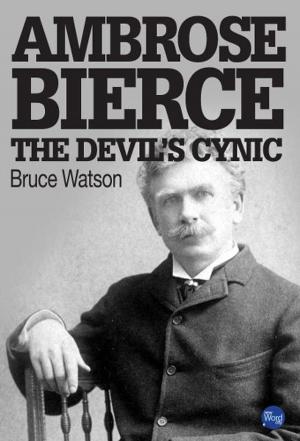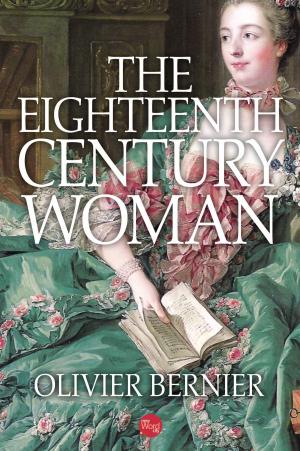| Author: | J.H. Plumb | ISBN: | 9781612308760 |
| Publisher: | New Word City, Inc. | Publication: | May 21, 2015 |
| Imprint: | Language: | English |
| Author: | J.H. Plumb |
| ISBN: | 9781612308760 |
| Publisher: | New Word City, Inc. |
| Publication: | May 21, 2015 |
| Imprint: | |
| Language: | English |
In the fifteenth century, Rome was reborn - not spiritually, for Renaissance popes were not men of the spirit, but physically, artistically, and politically. St. Peter's, the Vatican, the churches, the tombs, the squares, the palaces and gardens of Rome, which enchant the eye and delight the heart, encouraged the pursuit of beauty that the stern moralities of the Counter Reformation could not stop. For more than 200 years, the splendor of Rome became the pride of the papacy. The pilgrims, supplicants, and merchants returned to the city, as did the financial lifeblood of Rome - the papal tax that was harvested from Europe's peasantry. And so the Roman soil was fertilized again, for without wealth, no rebirth was possible. Here, from eminent British historian Sir J. H. Plumb, is the story of Renaissance Rome.
In the fifteenth century, Rome was reborn - not spiritually, for Renaissance popes were not men of the spirit, but physically, artistically, and politically. St. Peter's, the Vatican, the churches, the tombs, the squares, the palaces and gardens of Rome, which enchant the eye and delight the heart, encouraged the pursuit of beauty that the stern moralities of the Counter Reformation could not stop. For more than 200 years, the splendor of Rome became the pride of the papacy. The pilgrims, supplicants, and merchants returned to the city, as did the financial lifeblood of Rome - the papal tax that was harvested from Europe's peasantry. And so the Roman soil was fertilized again, for without wealth, no rebirth was possible. Here, from eminent British historian Sir J. H. Plumb, is the story of Renaissance Rome.





